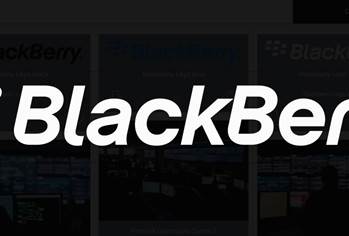This rise in picture-based spam coincides with the decline of messages containing embedded URL links, the study claims.
In 2004, 96 percent of spam messages included a website hyperlink for the recipient to click. This figure has dropped to just over half, according to the research.
Spammers are constantly morphing their practices to overcome anti-spam filters, said Bradley Anstis, director of product management for Marshal. And we can expect image spam levels to continue to increase this year.




.png&h=140&w=231&c=1&s=0)
_(20).jpg&h=140&w=231&c=1&s=0)



_(26).jpg&w=100&c=1&s=0)

 iTnews Executive Retreat - Security Leaders Edition
iTnews Executive Retreat - Security Leaders Edition












_(1).jpg&h=140&w=231&c=1&s=0)



